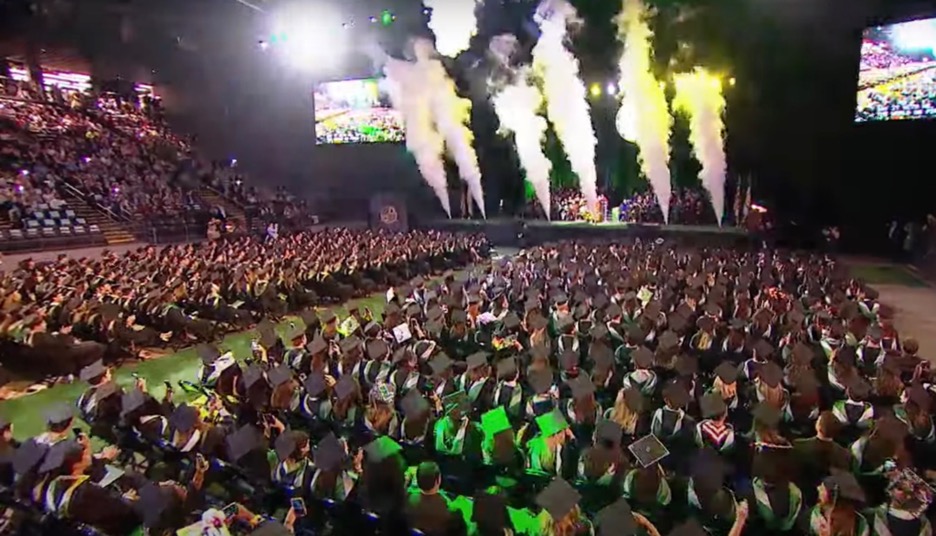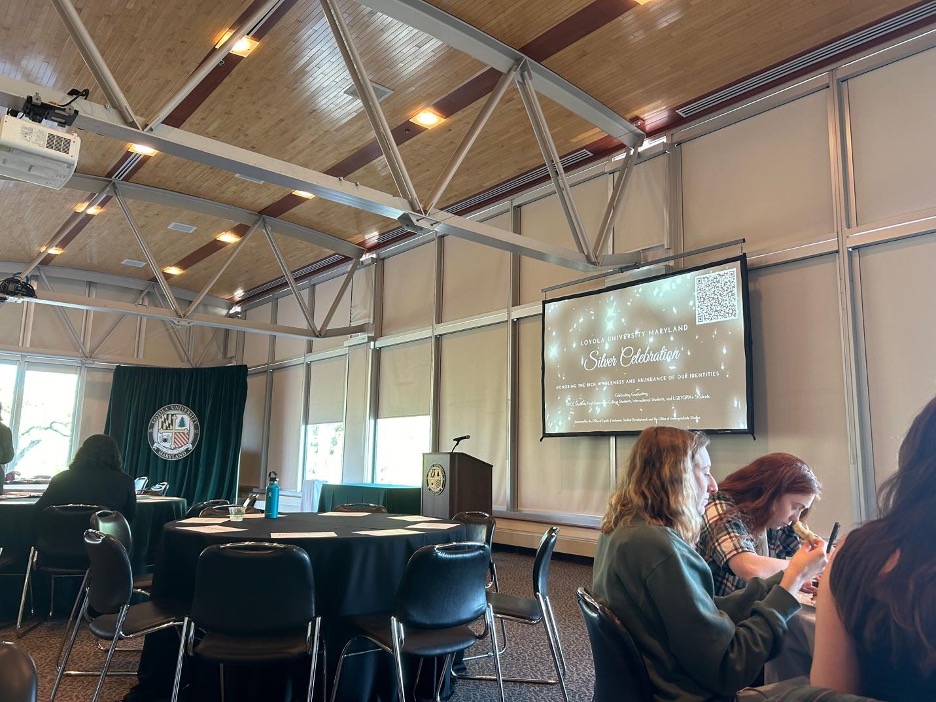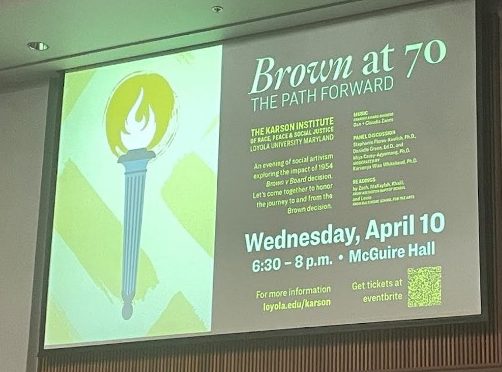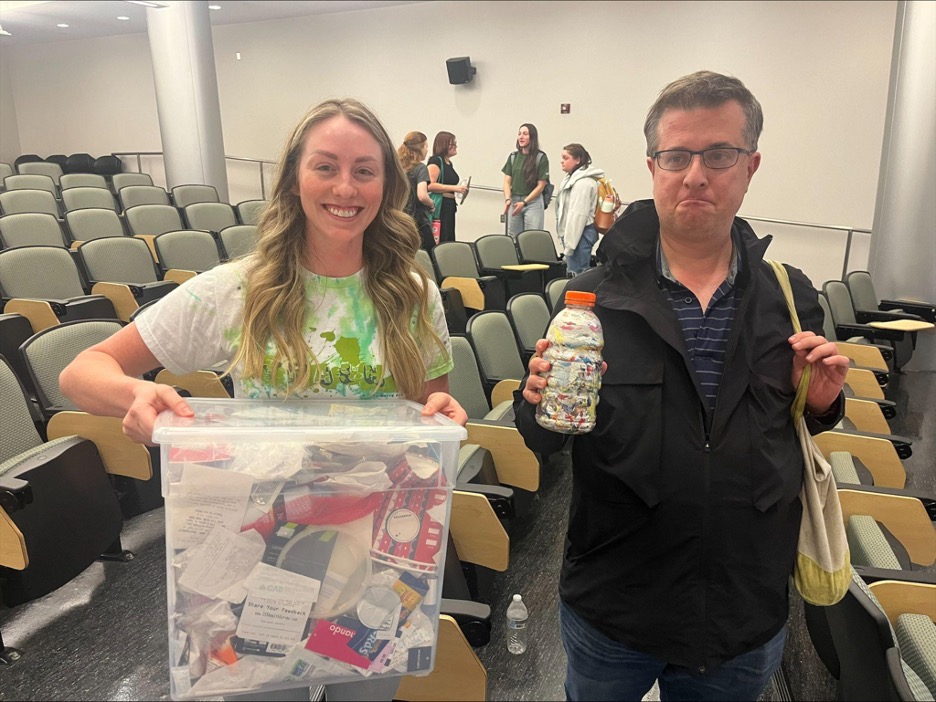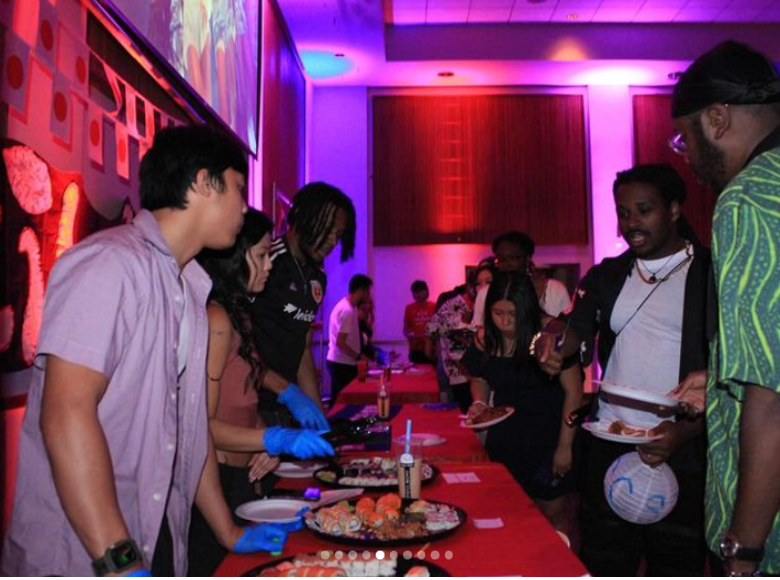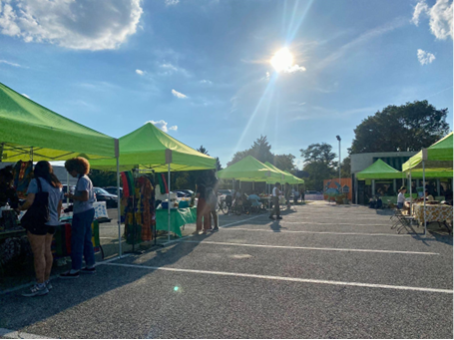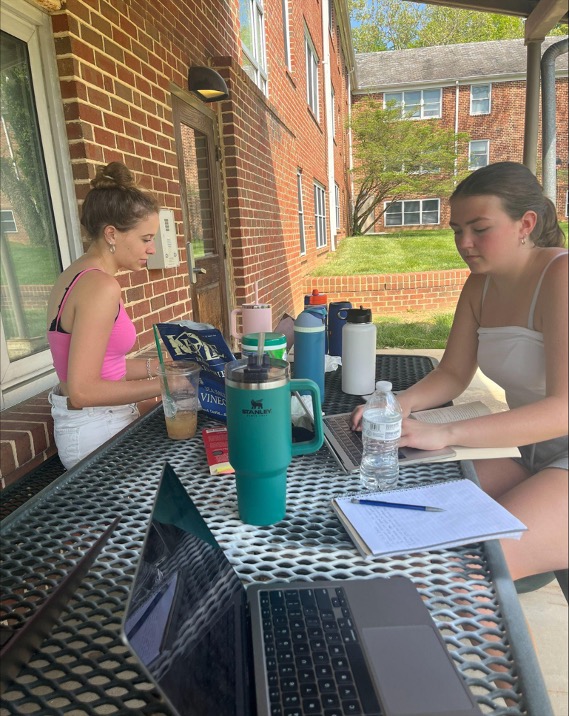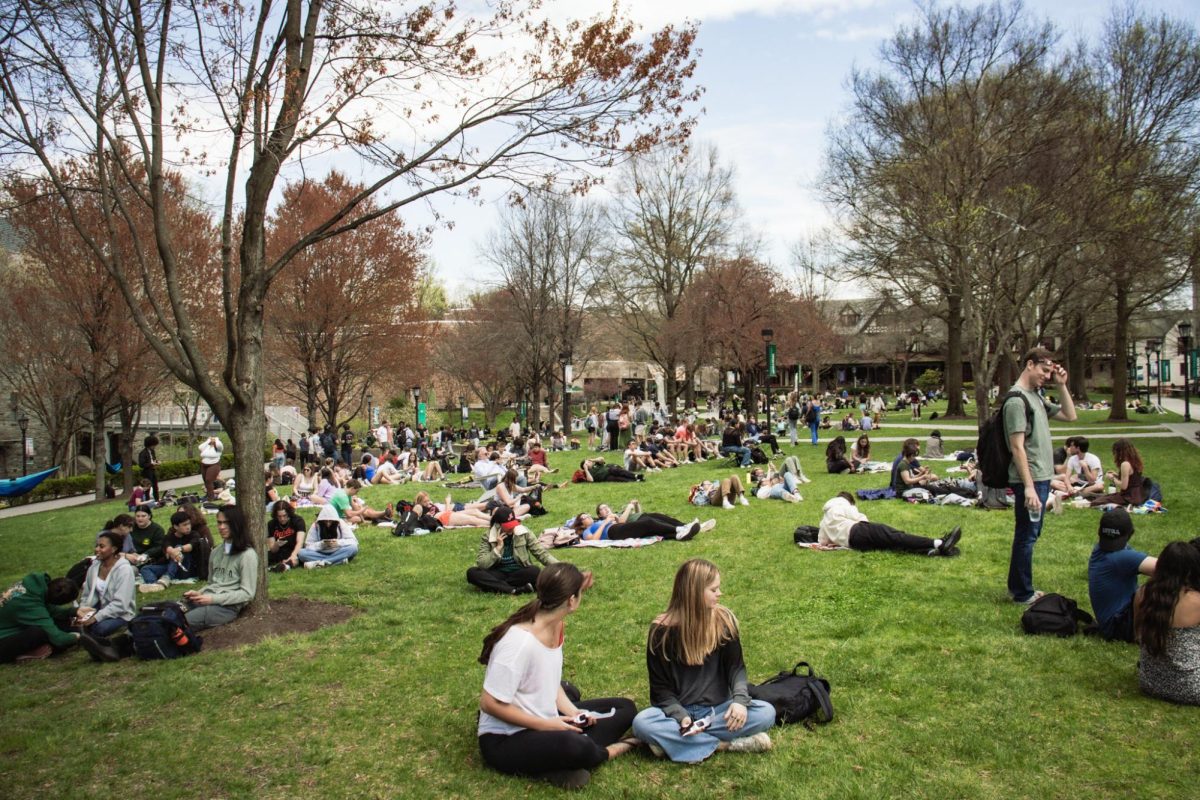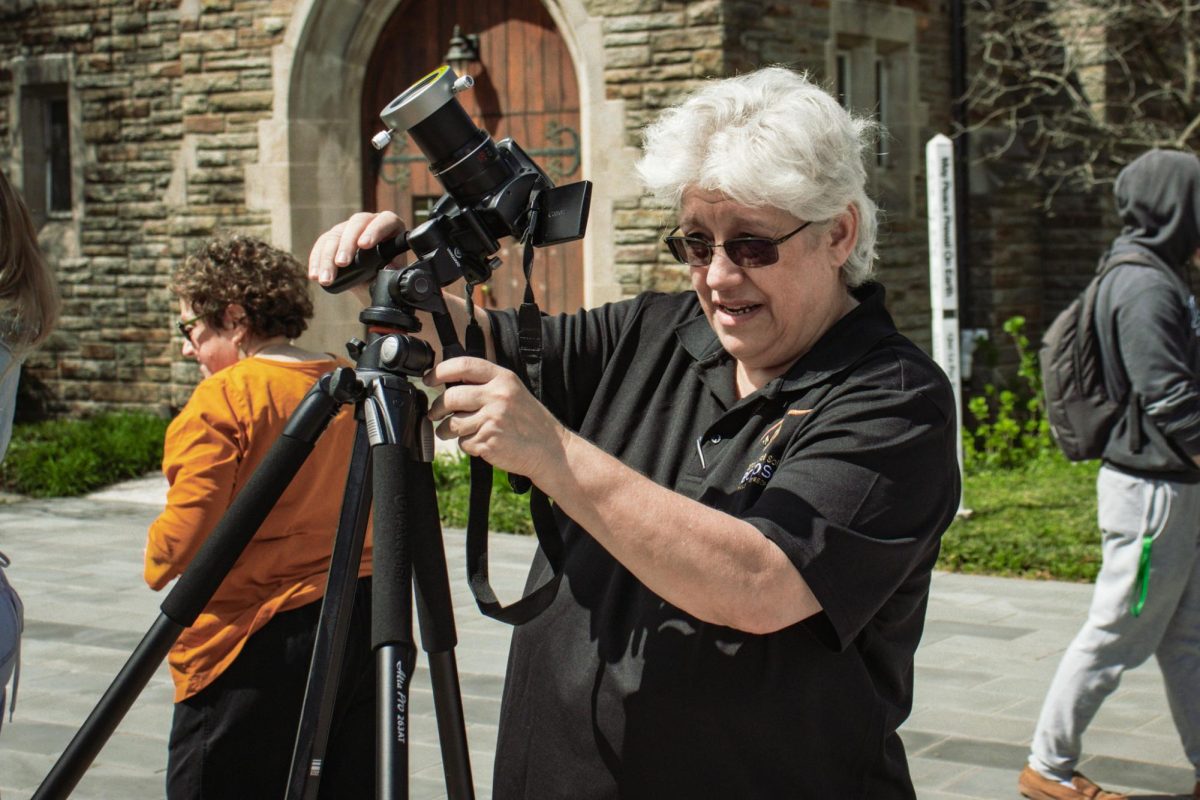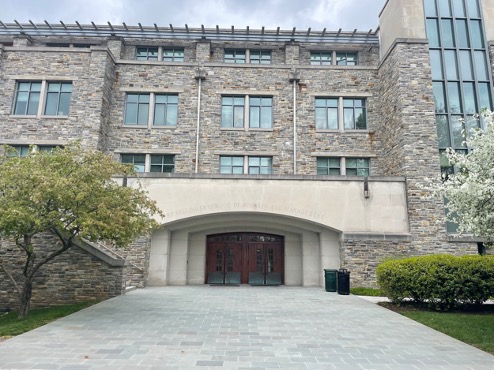In the 2011-12 academic year, 78 percent of Loyola’s core revenue came from tuition.
It makes sense, then, that one of the first recommendations proposed to raise revenue and cut costs during Phase II is to grow the undergraduate student population. Under A New Way of Proceeding, 12 working groups have been formed to suggest improvements in university operations. The Student Growth working group presented a growth of 60 students, 50 first years and 10 transfers, for the 2014-15 year—speculated to net between $1.9 and 2.7 million, given a two percent increase in tuition.
Terry Sawyer, vice president for Administration, co-chair of the Phase II Committee and leader of the aforementioned working group, shared the group’s guiding question with The Greyhound: “How many students could we add without impacting the student experience—and that would not require the University to expand a lot of resources and increase expenses dramatically?”
That number, 60 students, is actually consistent with the University’s current growth trends of about 1.5 percent each year. According to Loyola’s factbooks, the undergraduate student headcount increase of 87 between 2012 and 2013 is the largest jump we’ve recently experienced; for the past six years, our student body has grown each year by about 50.
“When you add students that are paying tuition you don’t necessarily have to increase your expenses in all areas,” said Sawyer, explaining that goal is to create economies of scale. With just 60 additional students, Loyola won’t need a new president, a new director of Student Life or a new staff of professors—but the University as a whole will benefit from the financial impact of additional tuition payments.
Furthermore, this recommendation would not necessitate inflating (already high) tuition costs. “The whole purpose of Phase II is to look at ways that we can improve the financial underpinnings of the University without making significant increases to tuition,” said Sawyer.
According to Assistant Director of Admissions Charlie Hiebler, this recommendation is already part of Loyola’s existing enrollment strategy—it is not just a Phase II initiative.
Hiebler said that expanding the population will be approached through both accepting more students and improving Loyola’s yield rate (for the non-economists out there: yield rate is the percentage of students who attend out of the number who are offered admission). According to Bloomberg Businessweek, Loyola’s current acceptance rate is 65 percent and its yield rate is 13 percent. Comparable Jesuit institution within the Patriot League, College of the Holy Cross, has an acceptance rate of 33.5 percent and a yield of 30.8 percent according to U.S. News and World Report.
As Hiebler commented, Loyola could theoretically accept as many students as it wanted, but that would impact the quality of students it enrolls. The goal throughout this process is to increase enrollment at a rate that keeps the University competitive and does not drastically change the atmosphere of the campus.
Among the various concerns being taken into account, Sawyer highlighted housing, counseling and advising as areas where the University is focusing to ensure high quality services throughout the growth process.
Christina Spearman, associate director of Student Life and member of the Student Growth working group, said, “Student Life has managed past student population growth by working closely with Admission and other campus partners including Facilities. In examining future growth, we will continue to work with these partners.”
For junior Chris Agapite, SGA Executive Board’s director of resident affairs, student retention is a huge concern when considering population growth. For instance, Agapite suggests, if an additional 60 students will result in forced triples, the committee should consult students currently living in that type of residence.
“Does this mean that more people will have to share the same bathroom?” Agapite asked. “I have been listening to students [and] the thought of forcing more students into crammed and uncomfortable living situations doesn’t make Loyola’s students, the university’s number one revenue generators, too happy.”
Sawyer assured The Greyhound that concerns such as these are already being taken into account, though continued feedback from outside of the working groups is accumulating as members of the Loyola community learn about the Phase II recommendations.
“We have to consider our overall retention rate, the number of students who transfer, and the number of students who choose to move off campus,” said Spearman. “We are currently examining our policies and practices to determine how to best meet the needs for student housing and to support retention.”
The Student Growth working group will continue exploring options next semester for the University’s long-term growth plan. Thus far, they have concluded that enrolling more than an additional 60-100 students would involve changing policies or require building new infrastructures, though the details of those changes are still being discussed.
If and when this recommendation is approved by Rev. Linnane, it will be posted on Loyola’s A New Way of Proceeding website.
Managing Editor Courtney Cousins contributed reporting


